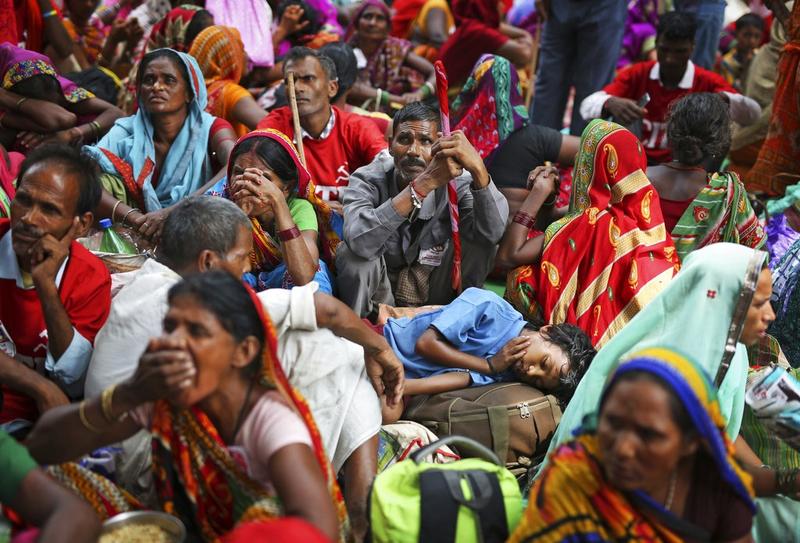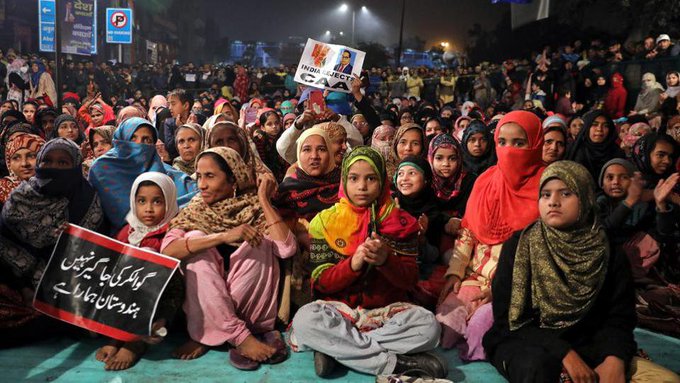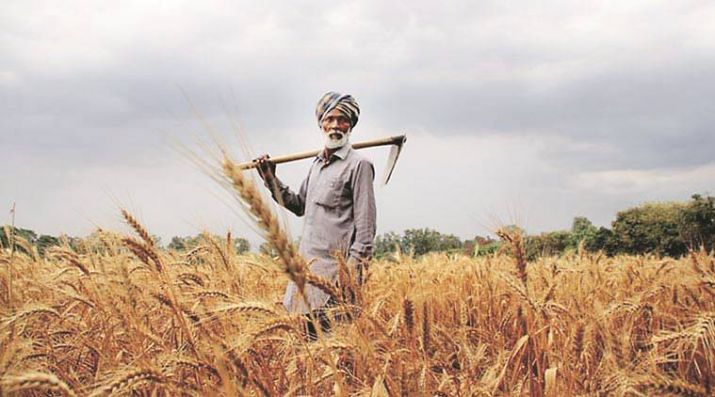POLITICS
The nation-state is jolted and compelled to rethink itself when thousands of ordinary farmers joined by students, teachers, activists and doctors walk together to claim their rights. The momentum that the farmers’ movement has captured is bound to awaken the sleeping towers of power and enable the ordinary farmer to redefine his existence in the contemporary world.
Editorial Team

This has indeed been the year of farmers’ protests in India. The year is seeing large number of farmer unions come in the open streets and claim their rights. The mobilization of the farmer community in the recent months, the ability to reach out to the major power centres, to capture the centre stage by the amount of participants that it has managed to mobilise and the momentum that it has gathered across the nation- the farmer agitation has gained renewed significance in the contemporary times.
There have been four farmer protests so far this year and this has become an area of concern for not only political parties but also for all those who see political-social movements as the basis of democratic functioning. On Friday (December 30th November 2018) ), over one lakh Indian farmers marched to the capital city of Delhi from all parts of the country. The farmers had been marching from many days from their respective villages to reach to Delhi to meet with thousands of other farmers in a protest to assert their rights.
The farmers marched to the parliament in the capital highlighting the crisis in Indian agriculture. Most of the farmers who took part in the protest arrived on Thursday. The rally of the farmers demanded better prices for their crops, relief in drought times and loan waivers. It is a widely acknowledged fact that for several decades, Indian agriculture has been negatively impacted because of a decline in productivity and a sustained reduction in the amount of water accessible for agriculture.
Thus the twin problems of low yield and reduced availability of water for agriculture has implied that there have been insufficient endeavours introduced by the nation-state to enable the farmers produce more and contribute more.
The inability of the nation-state to address the farmers’ crisis has meant that within this year alone this is the fourth mega farmers’ movement. The voices of the farmers’ are important for a democracy like India because farmers constitute 70% of the population. Apart from this, the fact that India is such a heavily populated nation means that its demand of food is also high, if the farmers of the nation do not feel sufficiently enabled to produce crops or continue as farmers it will indeed bring about a gigantic national crisis.
The voice of the farmer is extremely important because the farmer forms the backbone of Indian economy and a large share of votes is also there with the farmers. Farmers then have the ability to create and even pull down a government, therefore no matter which political party reigns it always tries to make peace with the farmers. The fact that farmers’ constitute a large section of the voting bloc in the country, political analysts believe that even the mighty ruling party is feeling insecure due to farmer protests. Given the large scale of the farmers’ protests and the fact that within the same year, this is the fourth such protest- there will be no exaggeration in saying that the contemporary farmer movement is sure to make any ruling regime rethink its priorities. Several political analysts and theorists are now upholding the idea that the scale and frequency of the farmers’ movement is suggesting that the community is under disillusionment and unhappy that not adequate pro-farmer policies have been made in the recent times. This growing unhappiness in the community could shake the very foundations of governance and have a larger implication on the elections in 2019.
One of the important demands that the farmers’ have raised in this movement are for a special parliamentary session where the solutions to the agrarian crisis will be discussed and full loan waiver and loan schemes will be proposed. The farmers are also asking the government for complete loan waivers and higher process for crops. The farmers’ also pointed out to the reality that although more than 50% of the nation’s population was occupied in farm related occupations, farming as a profession contributed only 15% of the nation’s GDP. They say that if proper infrastructure and support is not given to the farming community, it will be very difficult for them to continue farming and if they are given sufficient facilities, they can contribute so much more to the GDP. What has also been reiterated time and again is the fact that in most Indian states, the government has not been very swift in paying the farmers extra for the crops.
Within a federal government, the prices for the crops are set by the government and the government then procures the crop from the farmers according to the set price. Generally, the price that the government sets is more than the prices offered in the market. The system ensures that the farmer does not suffer even if the crop fails or does not do well. In spite of the fact that such a supportive mechanism exists on paper, it is difficult to ascertain that most farmers make the most out of it. Another significant problem that the farming community in India faces is that of debt owed to banks and money lenders.
Many a times due to crop failures and the inability to repay loans, farmers commit suicide. It is not alarming to note that since 1995 more than 300,000 farmers have committed suicide because of the agrarian crisis. The movement that unfolded the last week saw participation by the aggrieved daughters, mothers and wives of farmers who had killed themselves. Many of them came with their photographs only to suggest that the implication of the agrarian crisis is so deep and the nation-state is not doing enough to address it. The protest that brought together farmers from different corners of the country was organised under an umbrella banner although several groups that participated in it were affiliated to the Communist Party of India (Marxist).
The farmers arrived on Thursday and took rest at the Ramlila Grounds and spent the night preparing for the next day. The next morning saw that thousands of farmers were marching towards the Parliament and to see to it that no law and order problems happened, thousands of policemen were deployed. What made the movement so significant was that apart from the farmers themselves, several people from other professions also joined their cause. Several young doctors and medical students voluntarily participated in the protest contributing medical aid whenever necessary. Similarly several individuals and civil society bodies offered water and biscuits to the fatigued participants.
Whether we talk about lawyers and activists or artists and teachers everybody participated in large numbers along with the distressed farmers. What is important to witness across all these protests is the fact that the farmers have in recent times come to the streets to assert their claims and make their often neglected voice heard again. The March movement in Maharashtra where tens of thousands of farmers’ walked to Mumbai or when the drought-affected farmers of Tamil Nadu brandished human skulls and are mice to draw public attention in Delhi or the march that took place over the last week- the revival of the farmers’ voice cannot be undermined. The Indian nation-state has no other choice but to chart out a way or development that includes the farmer. Is in tune with their demands and that ensures that India’s farmers are not disillusioned by the policies of the state. The movement, the vibrancy, the large scale assertion of discontent and the mobilization of common people all means that there is endless potential in the Indian farmers’ claims.














